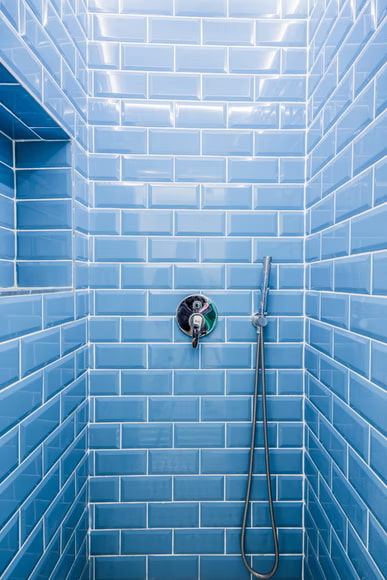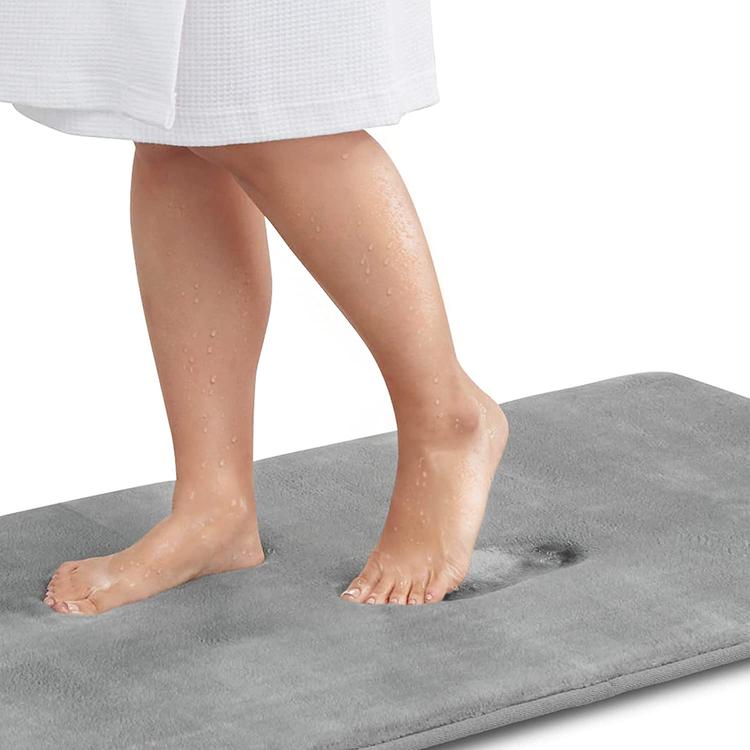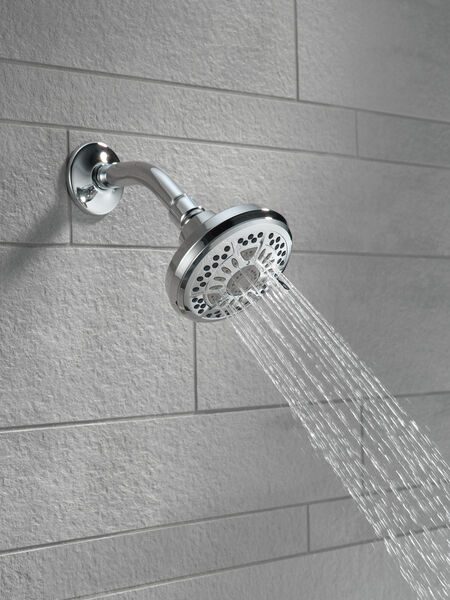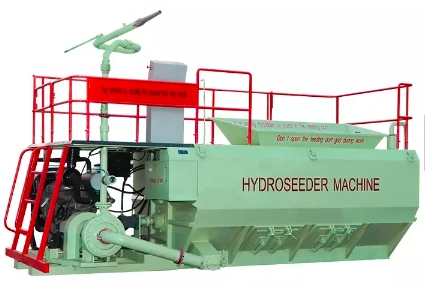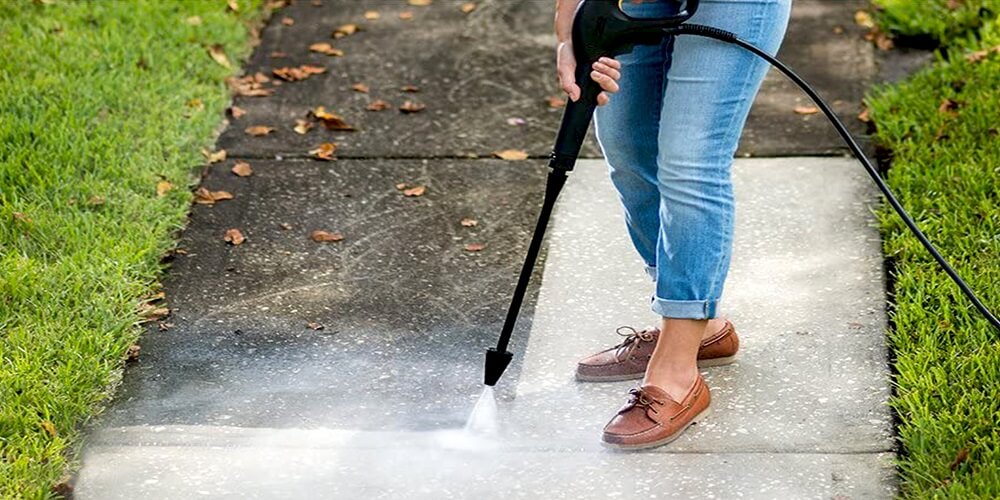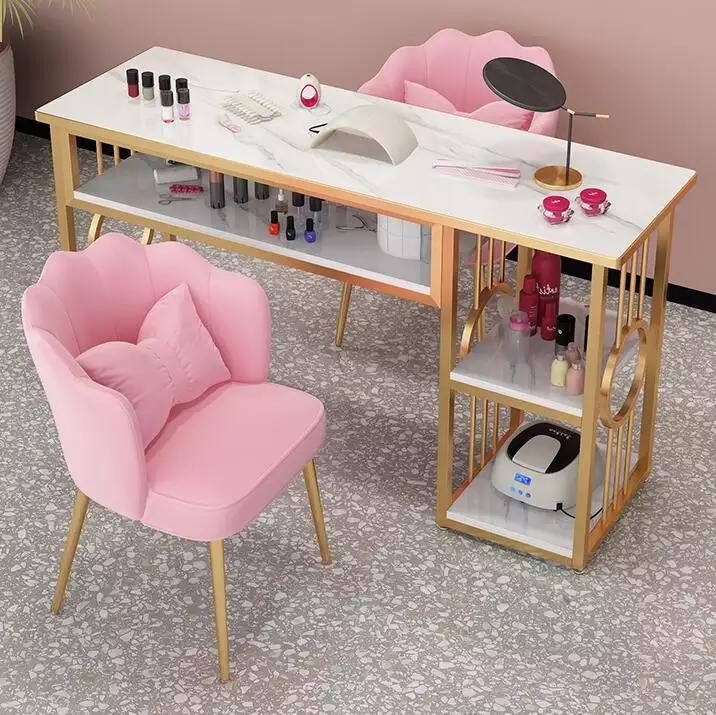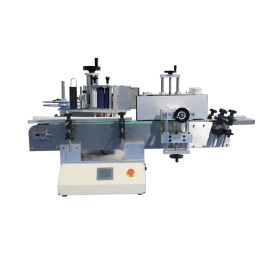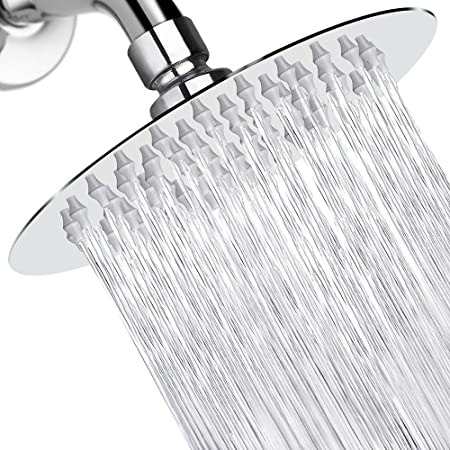The Hot Poop on the Cinderella Incinerating Toilet
If you have access to electricity, then you might be able to cremate your toilet waste.
Years ago when we first got a cabin in the woods, we had an Incinolet incinerating toilet. It was all stainless steel and built like a tank, but sounded like a jet plane in your living room and if the wind wasn't blowing, the whole place smelled a bit like something was burning. A friend's child using it was so put off by the flames and smell that it put him off toilet training for a year. We switched to a composting toilet.
Incineration, compared to composting, can be a little more tidy and sanitary. It generates only a little bit of ash (a cup per person per week) instead of a big glob of waste and peat moss.
That is why I was so excited about the Cinderella incinerating toilets that I saw at Toronto's Cottage Life Show. It is a dainty glass slipper compared to the steel-toed construction boot that was the Incinolet. It is all tidy and modern and computerized as it turns your waste into cinders. They have sold tens of thousands of them in Norway where they have been made for almost 20 years.

How the Cinderella Works
Like the Incinolet, you first insert a sort of wax paper coffee filter to line the stainless steel bowl, because there is no water to keep things clean. When you have done your duty you close the lid and press the start button, and that's it; no pedals, no timers, it does the rest.
And what it does is open its stainless steel bowl so that the bundle of waste drops down into the combustion chamber, the electric elements fire up and turn the solid waste and urine into ash and water vapour, the fans suck everything through a catalytic filter that takes out any smells and then pushes it up through the chimney.
Considerable Power Use
Cinderella claims it is all environmentally friendly, and compared to a big septic system with pumps and serious water consumption, it probably is. But it uses a lot of electricity; between .8 and 2.0 kWh depending on the prodigiousness of the waste. That is a lot of energy and may not be available or affordable for everyone.
On the other hand, my Envirolet composting toilet has a fan drawing 40 watts all the time, or .94 kWh per day, and then cranks up to 540 watts when there is urine to evaporate, so it is not exactly electricity-free. (There are many other models that use solar power to run the fan and do not evaporate the liquids, so it is not a simple comparison. I am just making the point that composting toilets often use electricity too.) At least with the Cinderella, you only use electricity when you use the toilet. It also is great for cold climates, being totally freeze-proof.
They also make a version that runs on propane gas to do the incinerating and a little 12 volt DC to run the fans, but depending on where you live, that can have a much higher carbon footprint.
Pricing
The Cinderella is not cheap and would be a significant purchase for anyone. It starts at $4,695 USD for the Classic unit that takes its air from the room, which is two and a half times as expensive as the Incinolet. But, depending on your living situation and budget, that could be a bargain compared to a new septic system. At that rate, the Cinderella's price it also comparable with the fanciest composting systems. It uses a lot of electricity, which buyers need to keep in mind in terms of cost-of-use, and there are composting toilets that don't.

